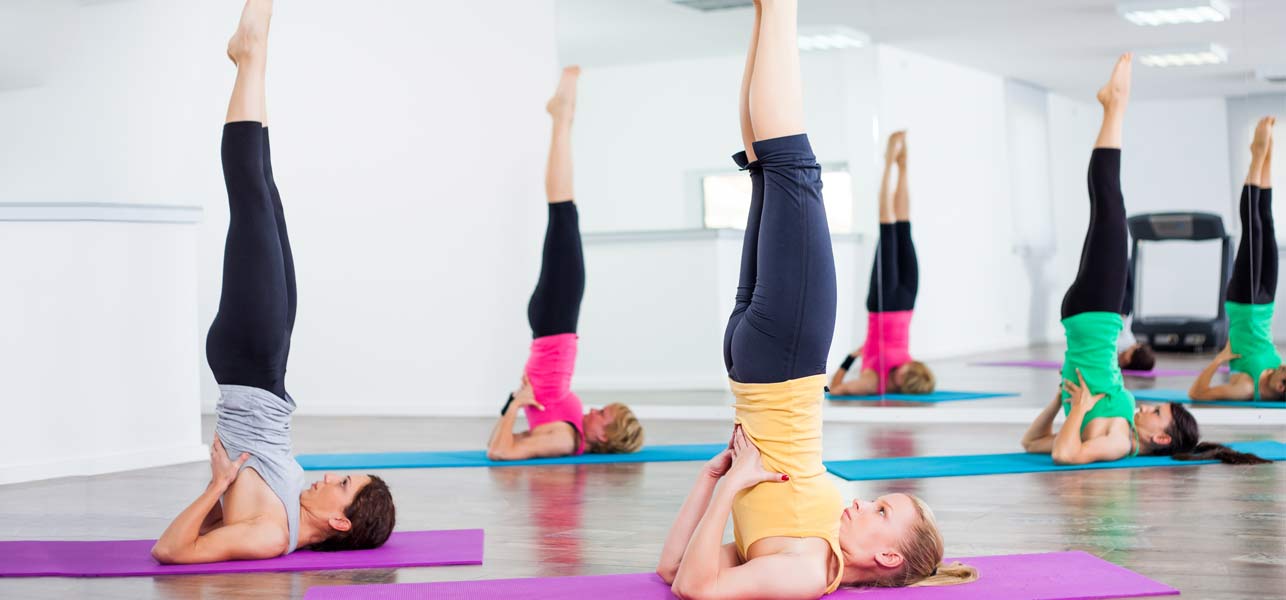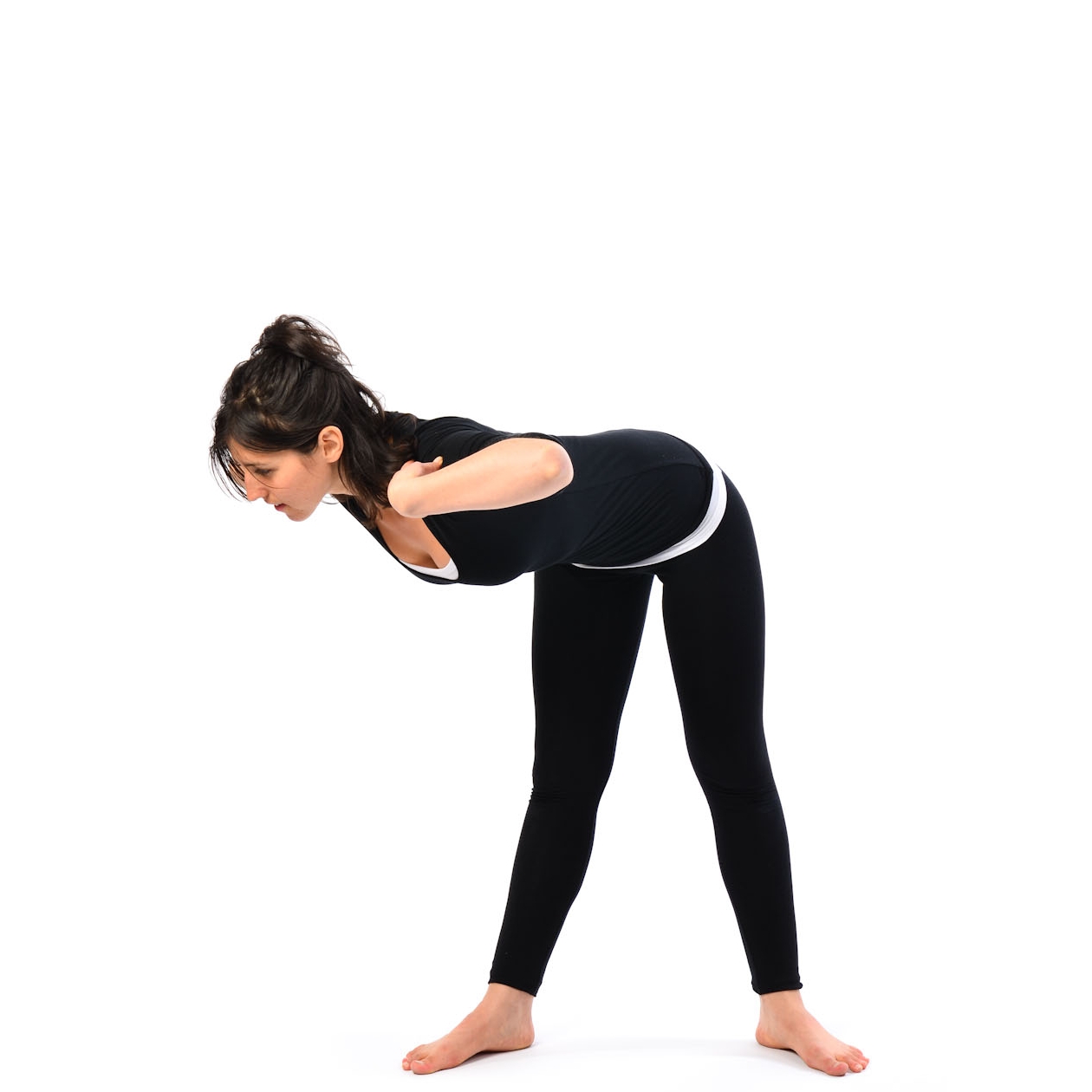
Motion sickness is usually experienced while riding in a car, boat or an airplane. It can also be caused even while standing still and viewing a large screen movie that contains significant motion. This is characterized by dizziness – nausea, vomiting, fatigue followed by pallor (loss of color).
Motion sickness is due to oversensitivity of the nerves that carry the information of position sense to the brain. During rapid changes in position caused by travel, the motion messages from the ear and the eye conflict thereby causing motion sickness. These over reactive nerve impulses in turn set off a general alarm response called Stress Adaptation Response (SAR). Caused by a disturbance in the inner ear, motion sickness can be aggravated by hunger, anxiety or unpleasant odors such as tobacco smoke. Staying calmand keeping your vehicle well-ventilated can help stop the world (and your stomach) from spinning.
Yoga asanas are meant for achieving stability and balance at mental as well as physical levels. Regular practice of yoga should include balancing postures such as sirsasana, sarvangasana, matsyasana and vrikshasana. Before going on to these asanas it is necessary to stabilize and prepare the body with 20 minutes of other loosening and breathing exercises followed by three rounds of dynamic suryanamaskaras.
Do deep relaxation in supine posture and chant ‘aaa’ to get into a nice calm state of mind. Stand up, close the eyes and start rotating the whole body by going round and round with hands stretched out. Go on faster and faster. Stop when you feel uncomfortable. Keep the eyes closed. After the discomfort is gone, rotate again. Repeat this alternate stimulation and relaxation several times for 15 minutes and end the session with a good shavansana for 10 minutes.

Sirsasana (Headstand)
- Interlace fingers to form a cup with palms. Place forearms and wrists on a folded blanket.
- Place crown of head on floor with slight emphasis of weight towards forehead.
- Walk feet towards head and lift knees gently upward.
- Straight legs extended.
- Lengthen both sides of ribcage.
- Navel-point in.
- Tailbone extends towards heels.
- Shoulder blades wide and floating towards kidneys to decompress neck.
- Follow with Shoulderstand or Child’s pose.
- Always maintain a calm and even breath.
Sarvangasana (shoulderstand)
- Interlace fingers to form a cup with palms. Place forearms and wrists on a folded blanket.
- Place crown of head on floor with slight emphasis of weight towards forehead.
- Walk feet towards head and lift knees gently upward.
- Straight legs extended.
- Lengthen both sides of ribcage.
- Navel-point in.
- Tailbone extends towards heels.
- Shoulder blades wide and floating towards kidneys to decompress neck.
- Follow with Shoulderstand or Child’s pose.
- Always maintain a calm and even breath.
Sarvangasana (shoulderstand)
- To start with, lie flat on the floor. The arms should rest along the sides, palms downwards. Exhale once, bend the knees, and bring them up towards the chin till the thighs press the stomach. Breathe normally.
- Now, exhale and supporting the buttocks with the hands, raise the trunk till it becomes perpendicular to the floor. Now, your body will be supported by the back of the head, the neck, the shoulders and the backs of the arms up to the elbows. To push the trunk into the vertical position, you will need to gradually move the hands towards the waist. The head continues to rest on the floor, so that the trunk also becomes perpendicular to the head. Once it is correctly perpendicular, the chin will touch the chest.
- Now, raise the legs and make them vertical, in line with the trunk, with the toes pointing upwards. Breathe evenly, calmly and easily. Stay in the pose for a few minutes and feel the good it is doing you.
- To release the pose, gently move the legs downwards, release the hands and let the body become flat again. You may also bring the legs down so that the knees approach the ears, and then gradually bring the legs down. Be gentle on your body. Never apply excessive stress. To start with, practise the initial position, drawing the knees towards the chin. Release the pose gently.
Meru Prishthasana

Starting position : Tadasana
- Stand with legs slightly apart. Inhaling raise arms sideways and place fingertips on shoulders
- Exhaling strongly rotate the upper body to the right.
- Inhaling return back to the centre. The legs and pelvis do not twist. Repeat the twisting movement 10 times. After the 10th twist of the right, exhale and bend the upper body down on hip level, keeping the back straight. Then move the body to the front
- Inhaling stand upright, exhaling return to starting position, repeat other side.
Besides Yoga, there are few things you can do to minimize motion sickness
- Get plenty of rest before traveling.
- Avoid heavy meals before or during a trip.
- Avoid alcohol before or during travel.
- Avoid smoke and unpleasant odors.
- On a ship, stay on deck rather than indoors. Focus on the horizon or some stationary object.